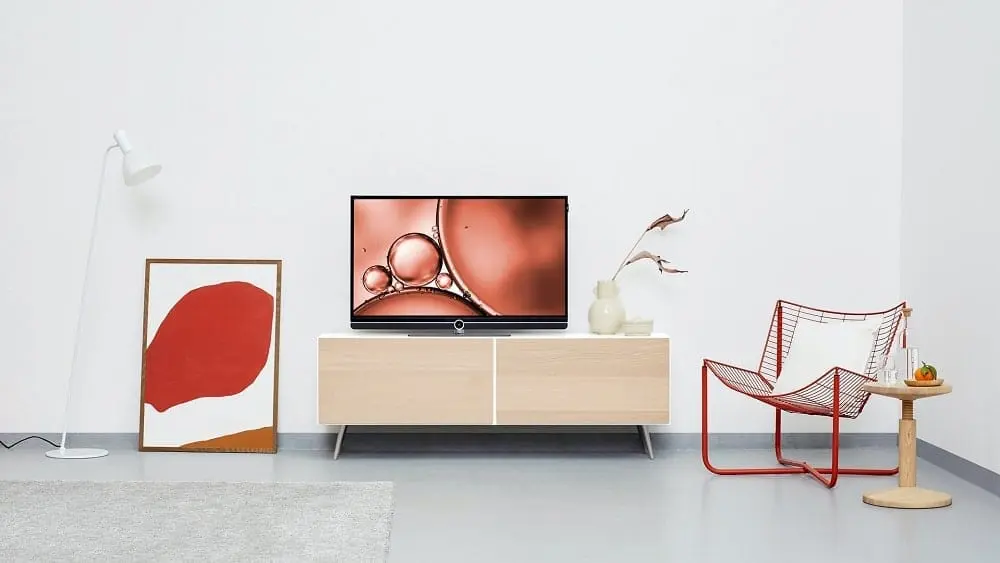
Many of love minimalist design; others say they hate it. Even if you’re one of those who would write it off as cold and boring, minimalism’s influence deserves respect. It has worked its way into our electronics, cars, homes, and office and public buildings all over the world. Its principles have had a profound influence on industries beyond architecture and interior design including web design, product development, marketing, and project management.
In fact, minimalism has its roots in philosophy and exists in some form in painting, music, and architecture, as well as interior design. The movement known for “less is more” is anything but simple.
It’s more than just blank space, clean lines or functional art. Minimalism is a way of life.
The Philosophy of Minimalism
Minimalism is guided by the principle “eliminate the unnecessary.” Rooted in the belief that simplicity is relaxing and a lack of clutter is good for our overall wellbeing, minimalist spaces use light, color, and objects to create a feeling of calm and balance.
Artist and award-winning designer Pablo Solomon says “Japanese Zen architecture and gardens, along with American Shaker design and modernism set the stage for the minimalism best illustrated in mid century modern architecture and décor.”
The style rejects anything too classical, elaborate or overdone, striving instead for simple and purposeful design.
Characteristics of Minimalist Design
What does minimalist design look like and how can you bring it into your home? How can you apply the key elements of functionality, serenity, lack of clutter, openness and flow?
Color
Aaron Lytal, the designer and founder of 3D Home Designs in Houston, Texas says minimalist design, “lets the space speak for itself” and, “doesn’t need powerful colors” or extra features.
Beige, white, gray, navy pastels, and black are all common in a minimal color palette. You can use complementary shades of the same color to create interest without going overboard. Or, add a pop of color to create a strong focal point in an otherwise monochromatic room.
Shapes and Lines
You won’t see many curves in a minimalist home. Instead, keep things linear with crisp lines, squares and rectangles. An open floor plan creates a feeling of flow and allows seamless use of the space.
For a clean look in the kitchen, think built-in cabinets that seem to disappear into the background and drawers with hidden hardware. For sleek lines in the living room, install a recessed television unit.
Textures and Materials
Minimalist spaces shy away from dramatic textures on walls or furniture. Instead you’ll see smooth or invisible finishes on walls, floors, and furniture.
However, the style is not entirely rigid. For textures, leather, wool, plastic, wood, and smooth cotton are all fair game. Brick, stone, wood, metal, and glass may all be used for walls.
Textiles on floors are sparse and low profile. Floors of smooth polished concrete or tile are easy to clean and thus always welcome.
Lighting
Lighting is a quick and affordable way to make a room look cleaner and more open. Start with lots of natural light. Lytal suggests large windows with thin metal frames to let nature into the space.
Wall sconces can be used to accent a beautiful piece of art. Functional track lighting fits well into a minimal space. Hanging pendants, floor lamps and table lamps are all fine too, as long as the design is sleek and the embellishments are few.

Rebecca Rosenberg is a freelance copywriter, digital media strategist and world traveler. After working in marketing for some of Austin’s most beloved brands, Rebecca started her own business and left Texas behind to travel the world. You can find her currently bumming around Europe. Often flying solo, she has visited over 35 countries and lived abroad in four. In addition to being a digital nomad, Rebecca is an avid hiker, design enthusiast and certified plant nerd. She speaks English, Spanish, German and Korean.
 A Beginner’s Guide to Midcentury Modern Style
A Beginner’s Guide to Midcentury Modern Style